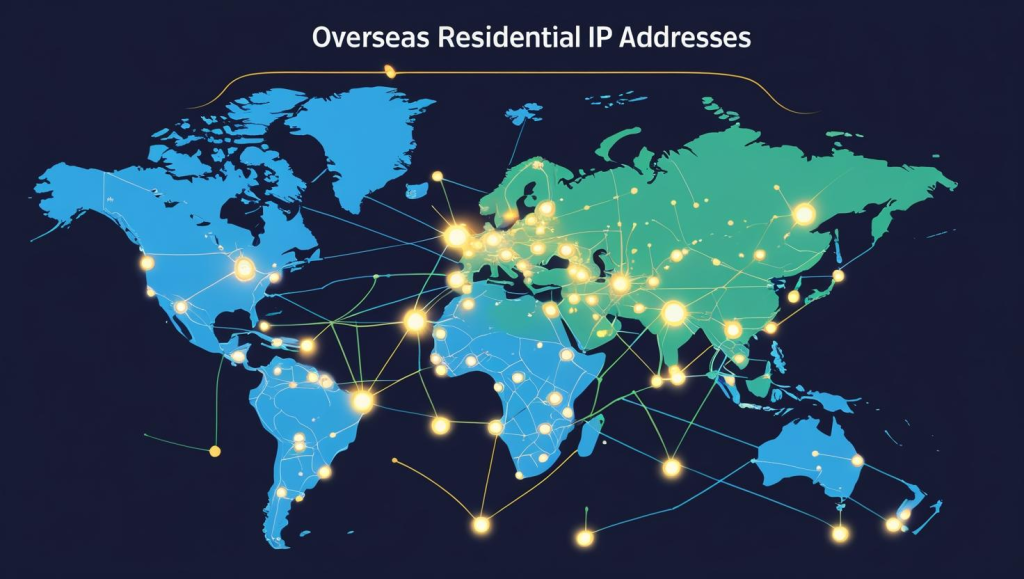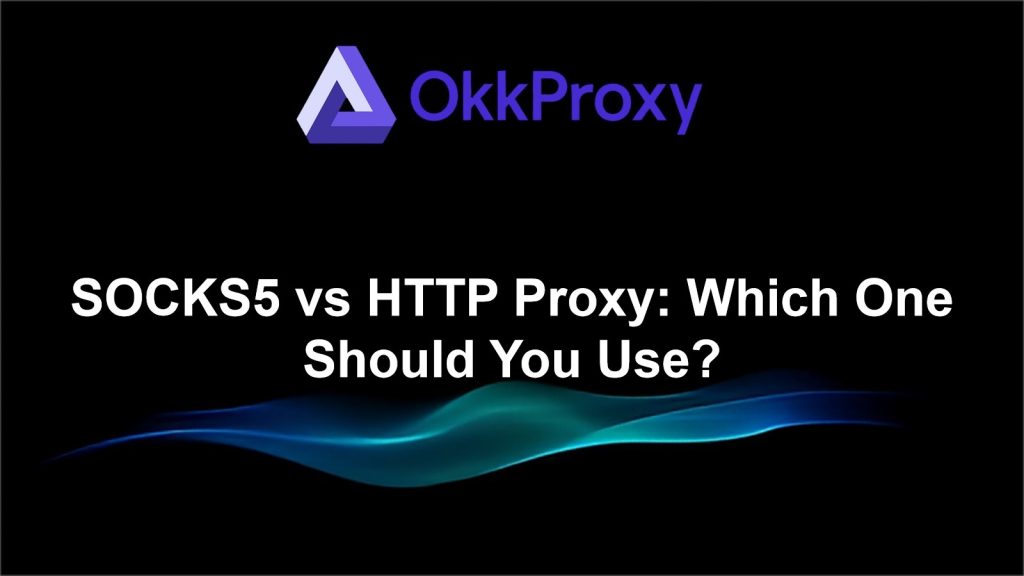In the world of SEO, web scraping, cross-border e-commerce, and cybersecurity, the proxy protocol you choose determines both your speed and safety.
SOCKS5 and HTTP proxies are two of the most common types—but their functions and use cases are very different.
Let’s break down their differences to help you make an informed decision.
1. Overview
1.1 SOCKS5
SOCKS5 (Socket Secure v5) is a low-level proxy protocol that supports all types of network traffic — not just HTTP, but also FTP, SMTP, POP3, and more.
It doesn’t alter data packets; instead, it transparently forwards them, making it flexible and highly compatible.
1.2 HTTP Proxy
An HTTP proxy operates at the application layer, focusing on web traffic.
It acts as a middleman between your browser and websites, often providing extra features like caching, ad filtering, or access control.

2. Key Differences
| Feature | SOCKS5 | HTTP Proxy |
|---|---|---|
| Protocol Support | Multi-protocol (HTTP, FTP, SMTP, etc.) | Only HTTP |
| Layer of Operation | Transport Layer (TCP/IP) | Application Layer (HTTP) |
| Security | Supports authentication & encryption (SSL/TLS) | Relies on HTTPS; plain HTTP is vulnerable |
| Performance | High efficiency; suitable for heavy traffic | Optimized for web browsing |
| Configuration | Requires SOCKS5-compatible software | Easy setup; supported by most browsers |
| Common Use Cases | VPNs, P2P, scraping, automation | Web caching, filtering, access control |
3. Use Cases
SOCKS5
- Ideal for non-browser traffic (FTP, P2P, email protocols)
- Great for anonymity, privacy, and bypassing geo-blocks
- Suitable for SEO monitoring, automation, and cross-border accounts
HTTP Proxy
- Best for web browsing and caching
- Used in enterprise networks for access control
- Helps reduce bandwidth and filter unwanted content
4. Security & Performance
SOCKS5 supports authentication and encryption, providing stronger protection for sensitive traffic.
HTTP proxies rely on HTTPS for security—unsecured HTTP traffic may expose user data.
In terms of performance, SOCKS5 handles diverse, high-volume traffic more efficiently with lower latency.
5. Conclusion
Both proxy types have their own strengths:
- SOCKS5 is versatile and secure, great for multi-protocol or high-privacy use cases.
- HTTP Proxy is simple and widely supported, ideal for everyday browsing.
💡 For users who need both flexibility and stability, try OKKProxy.
It supports SOCKS5 and HTTP protocols, offers 190+ global locations, and is optimized for SEO tracking, ad verification, and social media automation.
